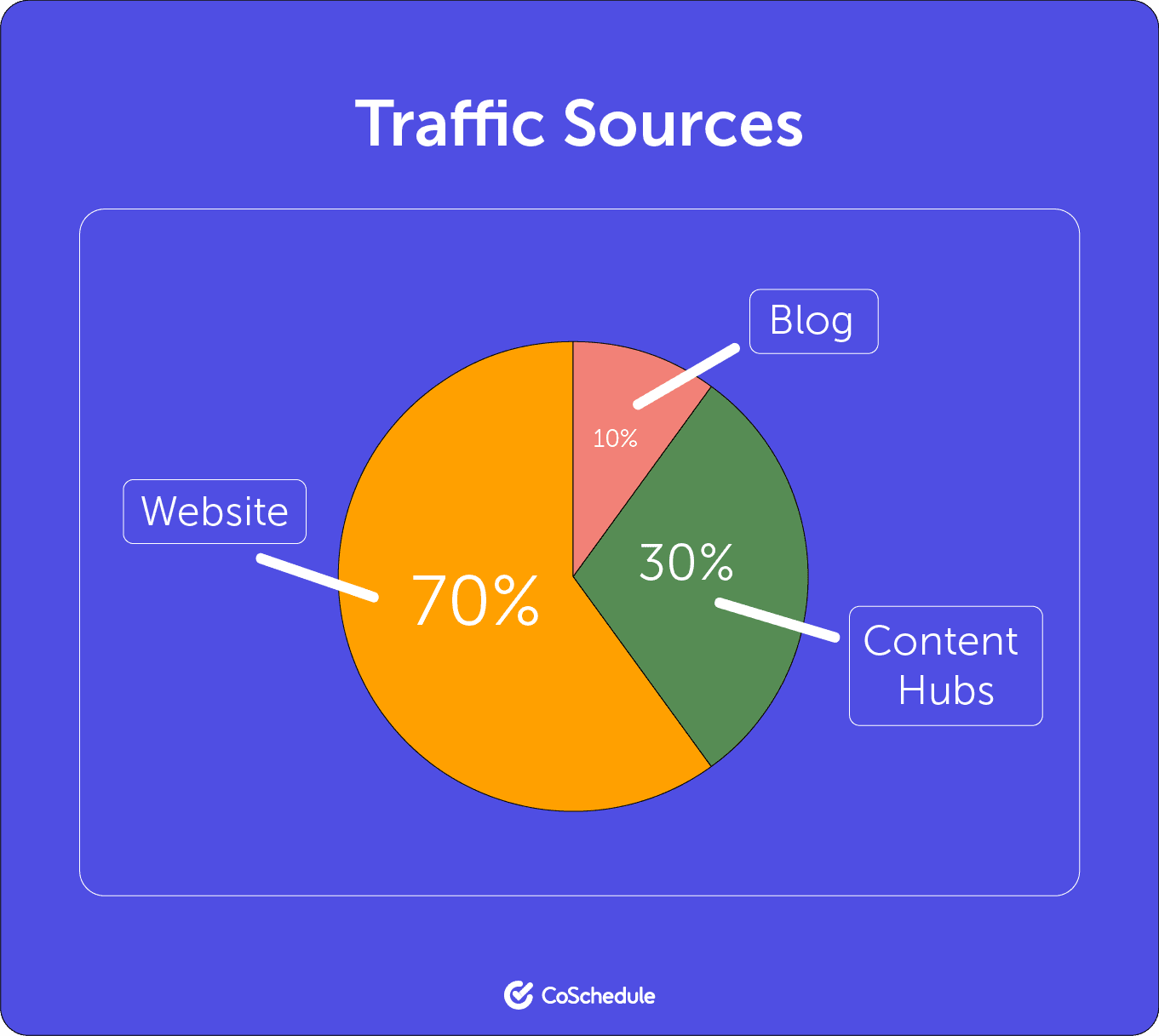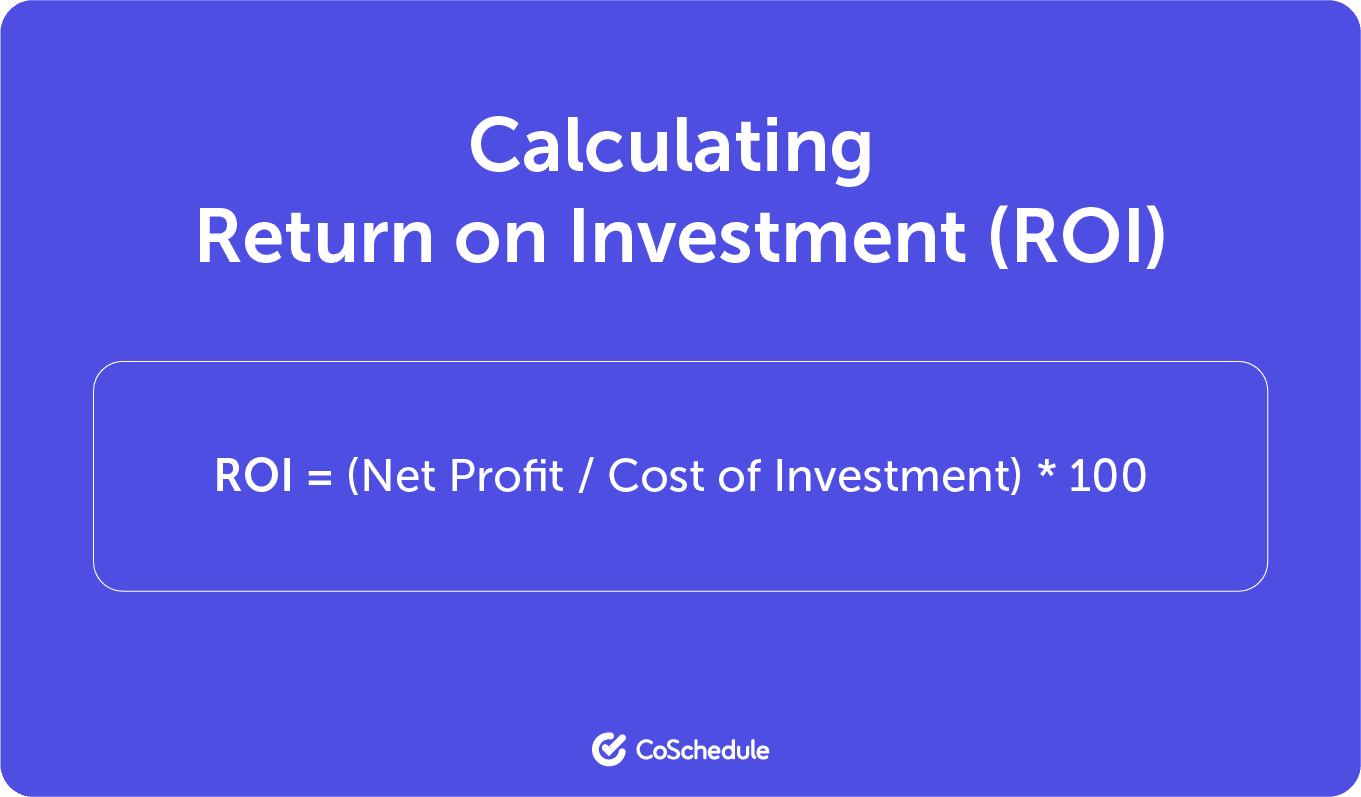Many companies have jumped on the digital marketing train, but how many can say they’ve done it successfully? Digital marketing metrics are vital in increasing your company’s online efforts, discovery, conversions, and engagement.
Digital marketing has changed the route for today’s marketers. Within a click, consumers are moved by businesses’ strong online presence.
Keep your digital marketing train running with a strategy that continues to move your online presence. Use digital marketing metrics and KPIs to identify the value of your digital marketing efforts.
What Are Digital Marketing Metrics?
Digital marketing metrics are a quantitative measurement to evaluate the performance of digital activities – blogs, videos, social media platforms, webpages, ads, etc. Interpret the data to assess the overall health of your digital marketing strategy.
What Are Digital Marketing KPIs?
Digital marketing KPIs (key performance indicators) are a subset of digital marketing metrics. KPIs measure the progress toward specific digital marketing goals and objectives.
Nearly all digital marketing exists to attract, engage, and convert successful customers. The metrics marketers use to measure their success fall within five key areas:
5 Key Marketing Metrics
- Impressions – How many times a piece of content or advertisement is placed in front of someone
- Clickthroughs – Number of clicks on specific links
- Traffic – Number of visitors a site gets within a particular timeframe
- Engagements – How many people interact with a post
- Conversions – When a customer completes a desired action
1. Impressions
Prospective customers must see the marketing to achieve success.
Impressions reflect the amount of times content was viewed on the reader’s screen. The goal of marketing is to influence profitable customer action. Without impressions, this can not be achieved.
Impressions often occur when scrolling through search engine results, social media feeds, email inboxes, websites that display ads, and similar channels.
2. Clickthroughs
Upon seeing digital marketing, prospective customers must click through to view the page on which marketers may engage and convert prospects. Without clicks, digital marketers have no traffic to convert. Try this formula to calculate your clickthrough rate percentage: % = (# of clicks / Total impressions) * 100
 Clickthroughs occur when prospects click a search engine result, click a social media post or ad, click an email subject line (open rate), click a link in the email, click on a display ad, and similar methods.
Clickthroughs occur when prospects click a search engine result, click a social media post or ad, click an email subject line (open rate), click a link in the email, click on a display ad, and similar methods.
3. Traffic
Traffic typically measures the number of people who visit desired webpages.
Without traffic—whether to a social media page (e.g., events), a third-party e-commerce site (e.g., Amazon, Etsy, etc.), or an owned website landing page (e.g., product signup page)—no engagements or conversions are possible.
4. Engagements
Engagements occur when prospective customers interact with the page they are visiting. These interactions could include reading the content, watching videos, downloading an ebook, sharing the content on social media, clicking forward in a multi-page experience, and similar activities.
5. Conversions
Conversions are engagements that typically measure a lead indicator of profitability, such as signing up for a trial, scheduling a sales call, or even purchasing a product. Try this formula to calculate your conversion percentage: % = (# of conversions / total website visitors) * 100)

With this in mind, let’s explore more digital marketing metrics and their potential KPIs.
1. Brand Awareness
Brand awareness metrics describe how well your brand is reaching your target audience. Follow your company’s marketing campaigns to make your brand recognizable.
Track digital marketing brand awareness through these KPIs:
- Brand searches
- Social media followers
- Social media engagements (likes, comments, shares, clicks)
- Ad impressions
2. Search Engine Optimization (SEO)
Marketing teams use SEO digital marketing metrics to measure the performance of organic search results on the company website.
Utilize these digital marketing SEO KPIs to increase search engine performance:
- Search engine results page (SERP) impressions
- Share of search
- SEO rankings
3. Traffic
Digital marketing traffic provides insight into the habits and behaviors of website visitors. Use the traffic metric to measure your website’s overall performance.
Traffic KPI’s to follow:
- Total users: Number of new and returning users
- New users: Number of users who visit your site for the first time
- Returning users: Number of users who have visited your site before
- Pageviews: Total number of pages viewed (includes repeated views of a single page)
- Unique pageviews: number of individual users who view a specific page (only one view is accounted for per session)
- Sessions: User interactions with your site in a given time frame
- Session duration: Average length of time on a specific site
- Pages per session: Average number of pages on your site that users access per session
- Bounce rate: Percentage of visitors that leave a webpage without taking action
4. Traffic Channels
Traffic channels are the avenues that traffic drives through to your website. Each traffic channel is a group of traffic sources.
Use this digital marketing metric to identify how users are accessing your content.
Here is a list of common traffic channel KPIs:
- Organic search: Traffic from search engines
- Direct: Typed-in, bookmarked, or non-browser traffic
- Referral: Traffic from other websites
- Social: Traffic from social media channels
- Email: Traffic from emails
- Paid search: Traffic from paid search ads on search engines
- Display: Traffic from another website that ran your ad
5. Traffic Sources
Traffic sources are actual origin site pages – websites, blogs, and content hubs – containing specific digital content for users to access. Identify where your audience is coming from with traffic sources.
This digital marketing metric provides information on your web traffic to hone your marketing efforts toward traffic sources that benefit your marketing strategy.

6. Engagements & Conversions
Digital engagements show the total number of interactions viewers have with your digital sites. These engagements lead to conversions from page viewers to paying customers.
Engagement metrics are the first taste of consumer interest, whereas conversions are consumers taking a full bite into the company.
Use these digital marketing KPIs to drive the long-term growth of your company.
- Video watches: Amount of interactions with video on a site
- Content shares: Number of shares for a content piece
- Content upgrades: Amount of downloadable email opt-in upgrades
- Email subscribers: Total number of email subscriber
- Marketing qualified leads (MQLs): Number of leads who indicated an interest based on trial starts, freemium product signups, etc.
- Sales qualified leads (SQLs): Number of potential customers based on discovery calls, demo calls, etc.
7. Return On Investment (ROI)
Evaluate how well an investment has performed through ROI. Digital marketing ROI metrics determine the success of your campaigns.
Return On Investment is calculated as a percentage: ROI = (Net Profit / Cost of Investment) * 100


For marketing campaign success, track these Return On Investment KPIs:
- Cost Per Lead = Cost of Lead Generation / Total Leads Generated
- Customer Acquisition Cost (CAC) = Total cost of sales & marketing / # of new customers acquired
- Customer Lifetime Value (CLV) = Average Purchase Value * Average Purchase Frequency * Average Customer Lifespan
- Return On Ad Spend (ROAS) = Total Campaign Revenue / Total Campaign Cost
